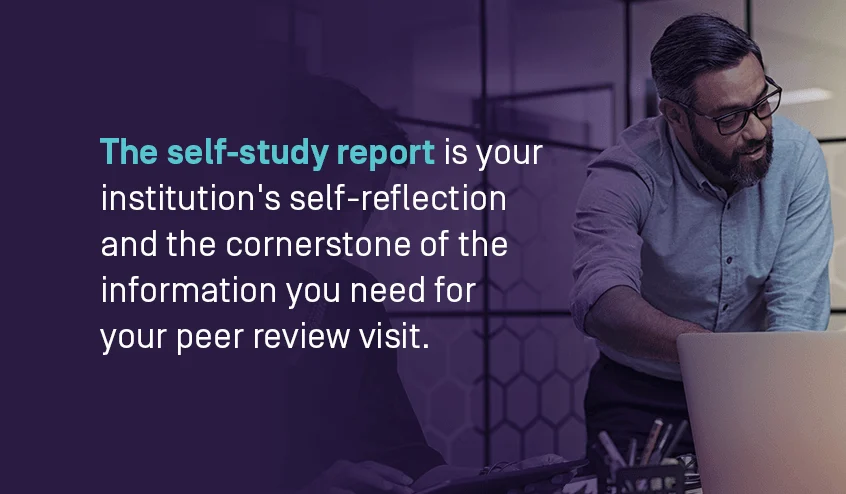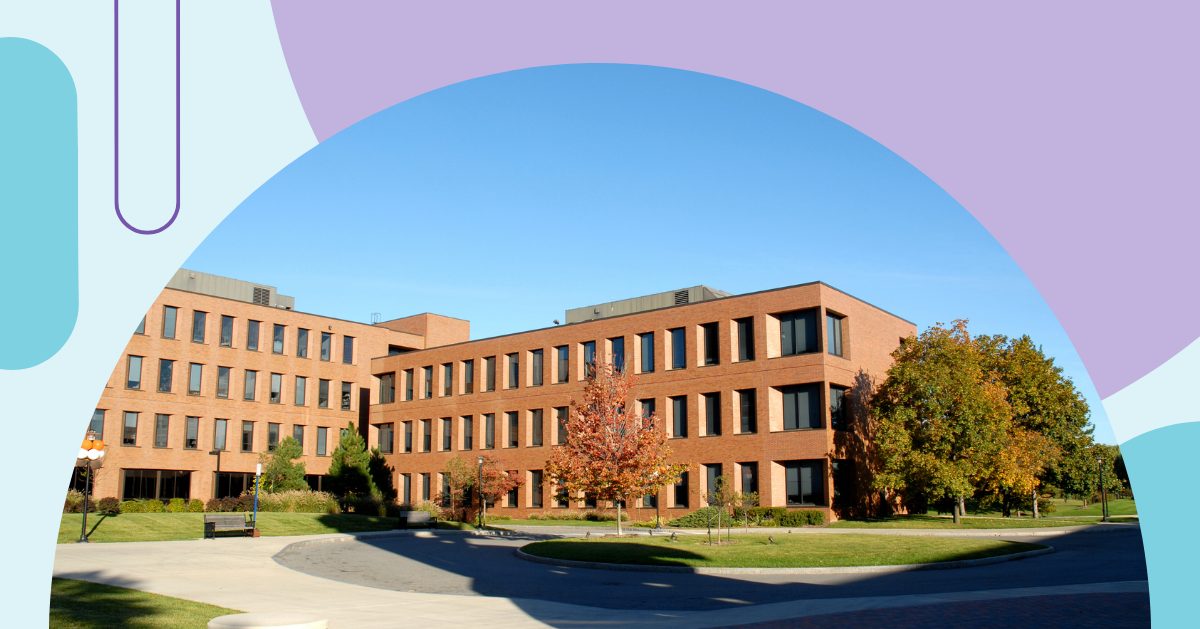
Guided career pathways help faculty visualize their career journeys and give them the resources they need to succeed. This support is invaluable as they navigate the various challenges in higher education today. Implementing guided career pathways can also help institutions support student success and keep faculty happy long-term.
This article explores the concept of guided career pathways and their importance in higher education. It also provides tips on creating career pathways that support both faculty and institutional growth.
Understanding guided career pathways for faculty
A career pathway is a structured framework that acts as a roadmap for employee career progression. It lists the various positions an employee can reach within the organization and the skills and experience required to advance. While career pathways can provide beneficial clarity to faculty, higher education institutions can go one step further by creating guided career pathways.
Guided career pathways are similar to typical career pathways, but they offer extra details, support, and guidance for each individual’s career. Administrators can personalize these pathways to prioritize each faculty member’s professional goals. The pathway should also include development opportunities and support systems to aid faculty on their growth journey. With these resources, faculty feel more supported and able to achieve their career aspirations.
Why is there a need for guided faculty career pathways?
Guided career pathways can help faculty visualize their careers and motivate them to pursue development initiatives. Without clear career guidance, faculty may deal with:
- Unclear expectations: Many higher education institutions have specific expectations for faculty but struggle to communicate them. Consequently, faculty members feel confused about where to focus their efforts and what to do to progress in their careers.
- Lack of support: Faculty need support from their employers to excel. This support can come in the form of mentorship, feedback, training, or counseling. However, institutions may find it challenging to allocate resources where they are needed most without understanding each individual’s career progression requirements.
- Confusion about progress: Faculty lack clarity on their development and career progress without a structured outline provided by their institution. Even as they complete training and learn new skills, a lack of visual progression and recognition can frustrate faculty.
- Changing academic landscape: Higher education faculty must stay ahead of constantly evolving student needs and technological advancements to do their best work. Without guidance on career development, they may fall behind on current teaching methods and struggle to support students.
- Low job satisfaction: Faculty often have to juggle overwhelming workloads as they try to provide the best education to students, excel in their research, and keep up with service duties. Without sufficient compensation and a clear direction for career advancement, they may become dissatisfied and unhappy at work. Eventually, they might consider leaving their job or the industry as a whole.
The positive impact of guided career pathways for higher education institutions
When faculty have access to guided career pathways, they’re usually happier and do better in their roles. Beyond their impact on faculty, guided career pathways also benefit higher education intuitions. By implementing guided career pathways, your institution can:

- Improve transparency: Well-defined career pathways help institutions communicate their goals, expectations, and requirements to staff. Clear communication can improve organizational transparency, increase trust, and make faculty feel secure.
- Increase faculty engagement: Organizational support, communication, and training are known to affect faculty engagement. Engaged faculty go above and beyond to learn and care for students. Institutions offering faculty support through guided career pathways often have more engaged staff.
- Enhance education quality: Engaged faculty have more energy and passion for educating students and learning the latest teaching methods. By increasing engagement through guided career pathways, institutions can offer students a higher-quality education. Better student outcomes can help you develop a reputation for academic success and attract more students.
- Reduce faculty turnover: It’s common for employees to want to quit their jobs due to a lack of career advancement. Institutions can invest in creating supportive career pathways to increase job satisfaction and reduce faculty turnover rates.
- Attract top talent: Offering clear career pathways and development opportunities is an effective way to attract top talent to your institution. People want to work where they can improve their skills and feel valuable.
How to create effective guided career pathways for faculty
Consider the points below to develop guided career pathways that support both faculty and institutional success.
1. Include faculty input
Career pathways affect faculty and their careers, so they should reflect their goals and challenges. When developing pathways for your institution, work with each staff member to create a path that best supports their interests. Doing so can make faculty more interested in their career progression and, ultimately, happier working for your institution.
2. Align with institutional goals
While supporting faculty is the primary goal of guided career pathways, they should also benefit your institution. Work with other decision-makers in your organization to outline key goals and metrics. Use these to guide faculty pathway development and ensure that included roles and training help your institution achieve its goals.
3. Record faculty data
Data is essential to the success of your institution’s career pathways. You’ll need data to track faculty progress toward outlined goals and understand the extent of their contributions. This will aid in performance reviews and promotion decisions. Use dedicated software to collect faculty data and streamline the process so it doesn’t take up too much of their time.
4. Check in regularly
Collecting feedback from faculty will help you understand how they are coping with new career pathways. Connect with faculty regularly to gather their feedback and address any issues. Use annual reviews to analyze their performance and advance their careers. If faculty members request extra support or adjustments to their pathway, you can make changes earlier to ensure they remain satisfied.
5. Assess pathway impact
Guided career pathways require substantial resources to create and maintain. To ensure pathways are worth the investment for your institution, you can evaluate their impact on key performance metrics like faculty retention and student performance. Tracking changes to these metrics can help you understand how well guided pathways work for your organization.
Create guided career pathways with Watermark
Guided pathways can transform your institution and steer faculty toward success. We’ve recently added a new module to Watermark Faculty Success, called Faculty Career Pathways, to help you do just that. This new module provides a central location for faculty and administrators to track career paths and monitor progress toward professional milestones.
At Watermark, we create award-winning higher education software to help you make data-backed decisions driven by student and faculty insights. Request a live demo today to see how it can support your faculty and institution.
















































































































































































































































































































































































































